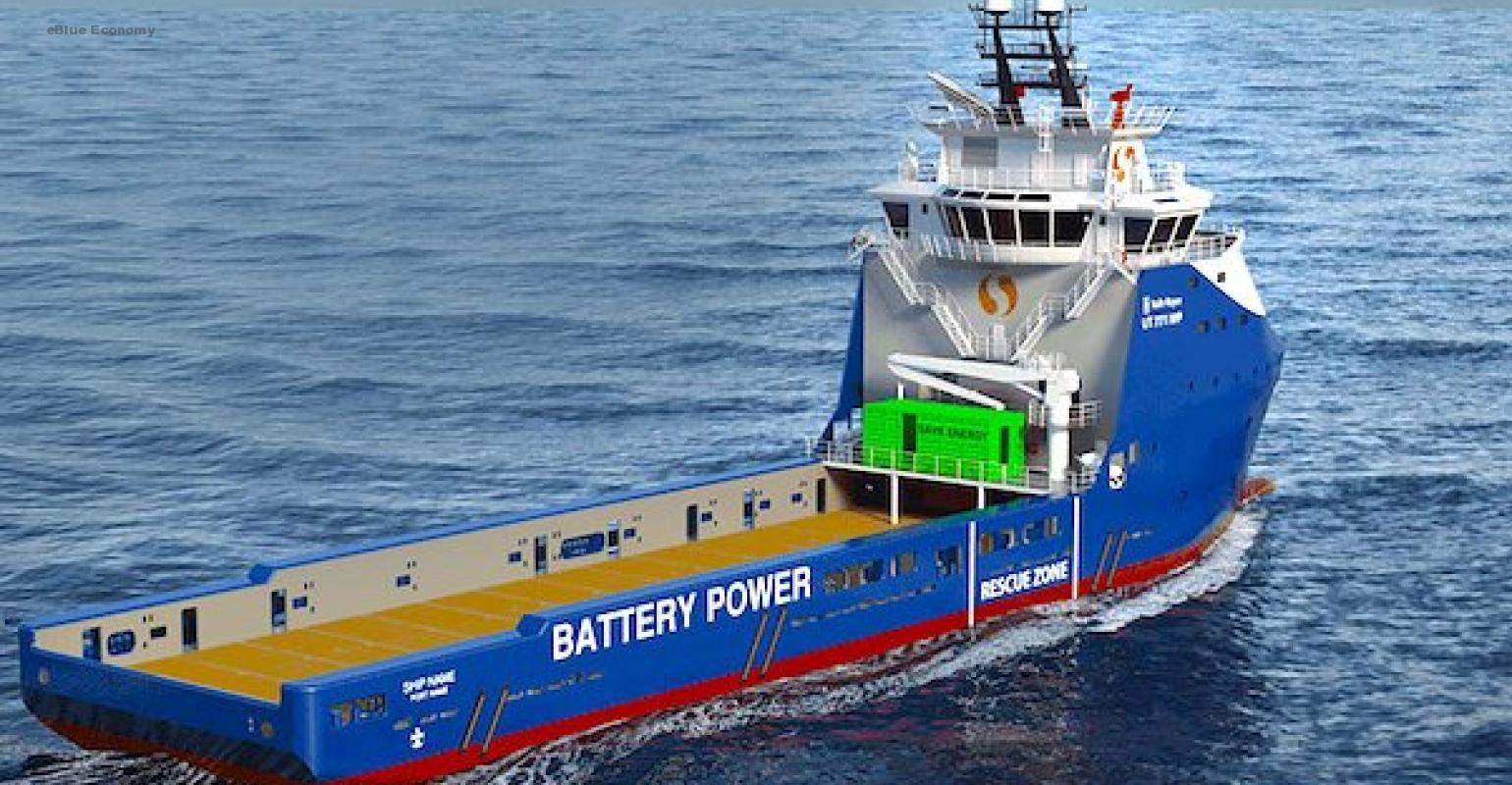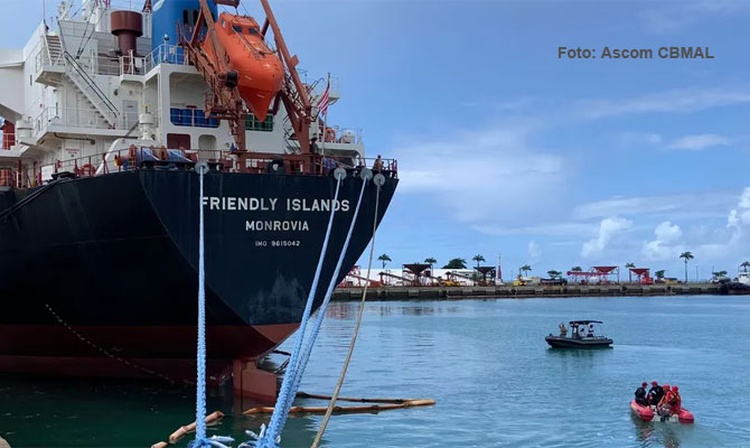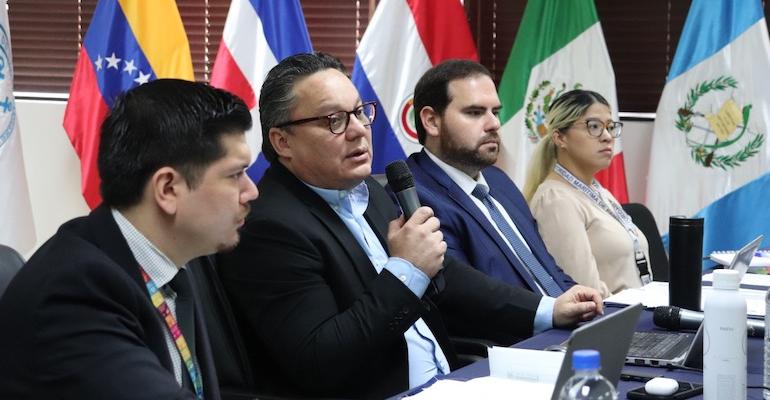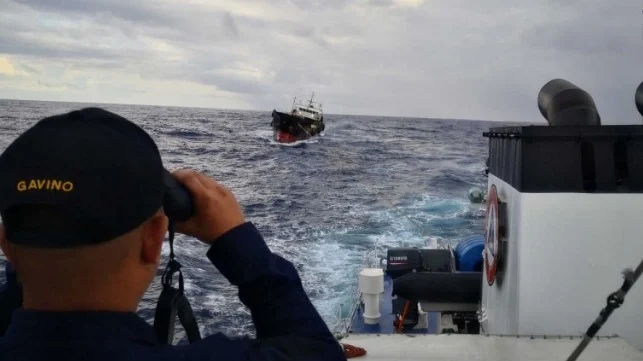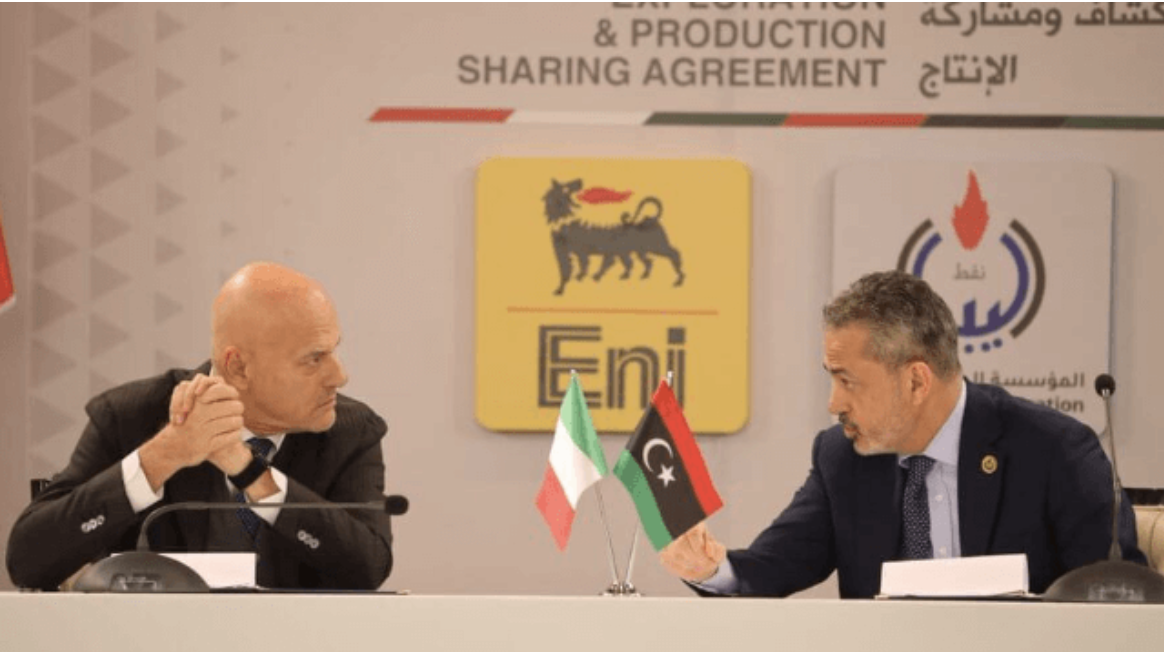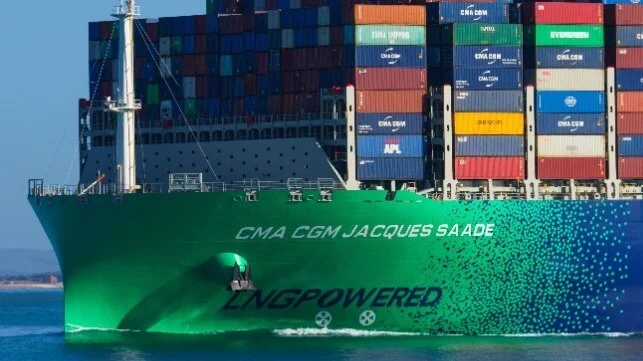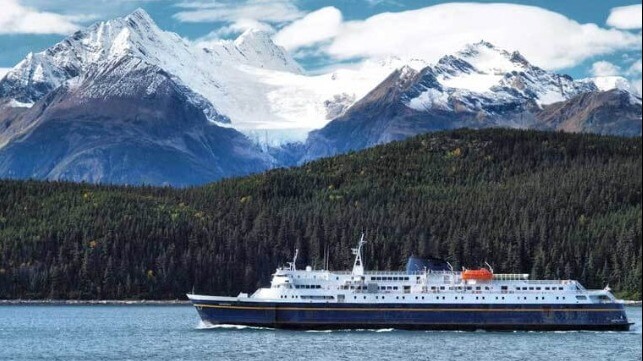
Marek Grzybowski
The distinction for “Elektra” was announced during the conference “Sulfur Cap 2020” on April 17 this year in Amsterdam – informed Crist. A new electric ferry is under construction. More than 100 meters long, 17 meters wide and the possibility of transporting 90 passenger cars – these are the parameters of the new ferry with hybrid propulsion, which will be built by Crist shipyard for the Finnish ferry operator Finferries.
The ferry will operate in the Aland Islands archipelago. The ferry will be ready in 2022. The Herjólfur ferry, built in Crist, transports people and cars between the islands of Landeyjahöfn and Vestmannaeyjar, located 9 kilometers from the south of Iceland.
Ocean research non-profit ProMare and IBM (NYSE:IBM) have announced the completion and launch of the Mayflower Autonomous Ship (MAS) in September 15 this year. It is an AI and solar powered marine research vessel which will traverse oceans gathering vital environmental data. Asahi Tanker Co., Ltd. announced that it has ordered two of the world’s first zero-emission electric-powered tankers.

The two tankers will adopt the “e5 tanker” design developed by e5 Lab Inc. They will be powered completely by large-capacity lithium-ion batteries and are slated to go into service as bunker vessels in Tokyo Bay. U.S.-based offshore vessel owner Harvey Gulf said it completed an upgrade of its platform supply vessel Harvey Energy, making it the first “tri-fuel” PSV in the U.S. “Ulstein’s second hydrogen hybrid design for the offshore wind industry, the ULSTEIN J102 zero-emission wind turbine installation vessel (WTIV), can operate 75% of the time in zero-emission mode. Using readily available technology, the additional cost is limited to less than 5% of the total CAPEX,” Ulstein said October 1st.

More than 170 countries have agreed to reduce carbon dioxide emissions from ocean shipping by 2050 by “at least” 50% compared to the 2008 issue at the conference over two years ago. A declaration was made during 72 sessions of the Marine Environment Protection Committee—MEPC during the meeting of the International Maritime Organization (IMO) in London. Ship engine room efficiency should increase by 40% by 2030 compared to the level in 2008, and by 50-70% by 2050, experts have announced.
Shipping needs to use alternative zero-emission fuels to meet the targets set out in the IMO’s greenhouse gas emissions (GHG) strategy. The GHG strategy adopted by IMO in 2018 sends a clear signal to the maritime transport sector.
“We have to change to address global climate change. We have to find new technologies and new fuels if we are to achieve at least 50% reduction in annual GHG emissions from international shipping by 2050,” explained Edmund Hughes (IMO).
Shipowners have to order their ships to achieve an 85% reduction in CO2 emissions per ship. Will the crisis caused by the coronavirus COVID-19 pandemic allow investment in innovation?
Organizational improvements, such as improved voyage planning and service optimization, as well as technical innovation and the modernization of ship propulsion systems, can reduce CO2 emissions in times of crisis in maritime transport. One of such activities is slow steaming. It saves money and the climate.
“The long-term future is a hydrogen-based fuel of some sort,” says Tristan Smith, Reader, UCL Energy Institute. Hydrogen and ammonia based fuels are the future. They will replace fossil fuels in the future, argue Tore Longva, Principal Consultant, DNV GL and Alexandra Ebbinghaus, Maritime Strategic Project Lead, Shell Trading and Chair, GloMEEP-Global Industry Alliance.The barrier is the implementation of industrial production technology and the achievement of the scale effect.
Market research has shown that alcohol, biomethane and ammonia should be the subject of development research. These could be future ship fuels. The decarbonisation of maritime transport will focus on finding new energy sources, according to a study by experts A.P. Moller-Maersk and Lloyd’s Register.
“The main challenge is not at sea but on land,” Søren Toft, Maersk Chief Operating Officer in 2019, explained. “Technology changes inside the vessels are minor when compared to the massive innovative solutions and fuel transformation that must be found to produce and distribute sustainable energy sources on a global scale. We need to have a commercially viable carbon neutral vessel in service 11 years from now.” The three fuel pathways have relatively similar cost projections but different challenges and opportunities.
“The development and provision of viable alternative fuels cannot be solved by the shipping industry alone–but needs support from the wider maritime industry, such as oil industries, charterers and ports,” said IMO Secretary-General Kitack Lim closing the IMO Symposium.
There are important conclusions for the maritime business from the IMO and A.P. Moller-Maersk and Lloyd’s Register Report. Ship operators must make a swift decision to replace or upgrade their fleet. If they don’t, they will drop out of the market and give the market away to competitors. Ports must be prepared for bunkering with alternative fuels.
A big opportunity opens up for the chemical and refining industry, as well as start-ups and business focused on innovation. The authors of the report believe that electric propulsion and fuel cells will not be used on ocean units. It should be assumed that the supply for this type of propulsion will increase in the local ferry and cabotage shipping, in the ports and marinas, in local passenger shipping and in internal waters.
Experts from Croatia, Poland and Norway are working on the concept of a zero-emission vessel. ZEVinnovation project will support and prepare enterprises for the development of complex zero-emission products via networking, expert exchange, joint development, start-up, scale-up and market uptake programmes.
The project has several tasks that the title shows well: Strengthening Transnational Cooperation, Knowledge and Technology Transfer in Development of Electric Vessels and Fostering Innovations in SMEs. A one of its kind project aiming at establishing sustainable and efficient network for multidisciplinary partners which are interested in technology transfer, development and commercialization of electric vessels and cutting-edge technologies. Project partners are open to any type of initiative that will help in the development of sustainable shipping in any region.


